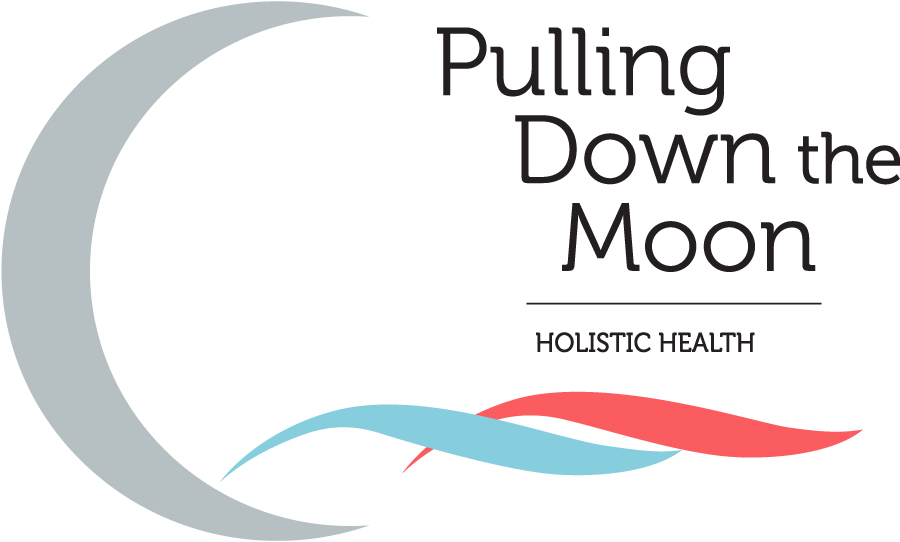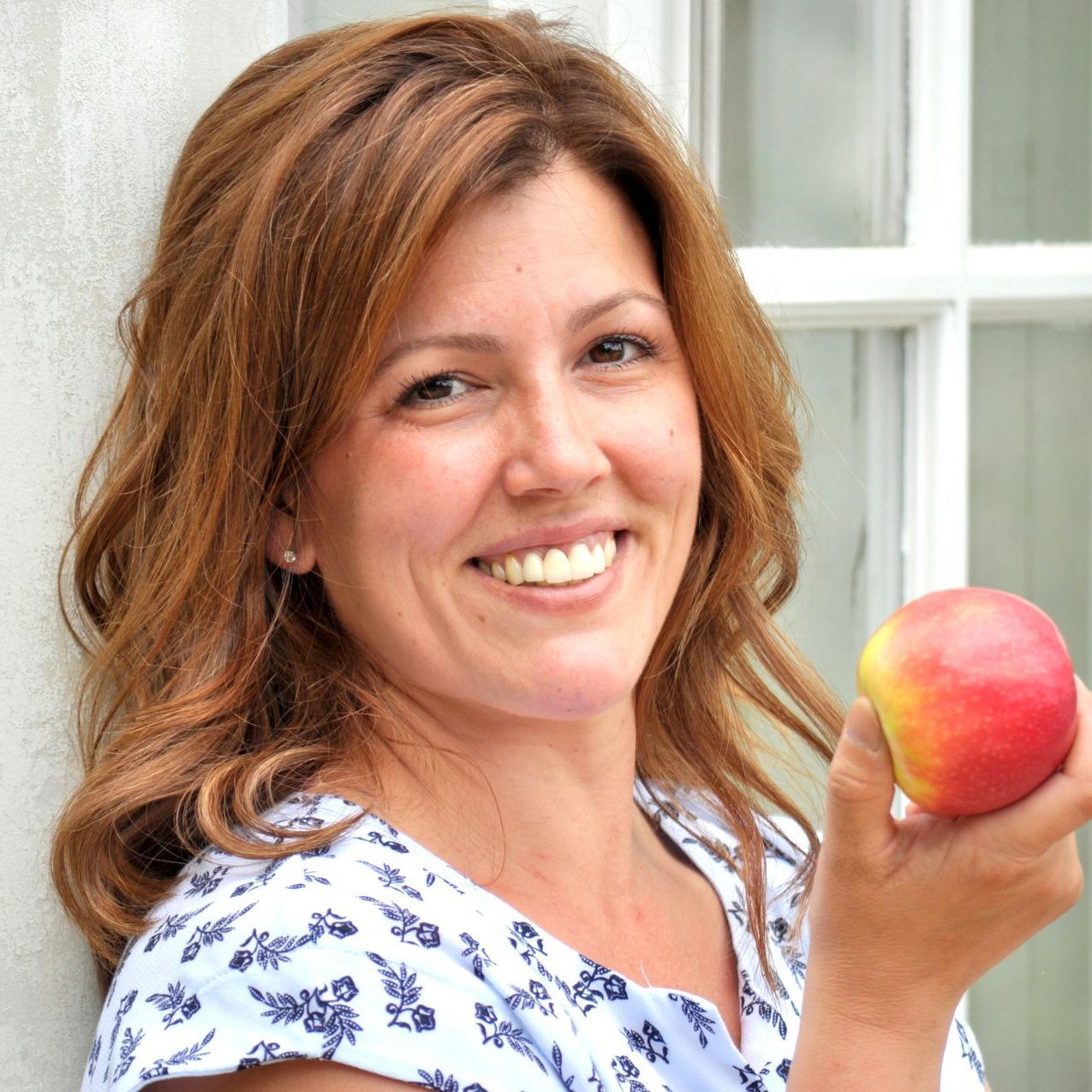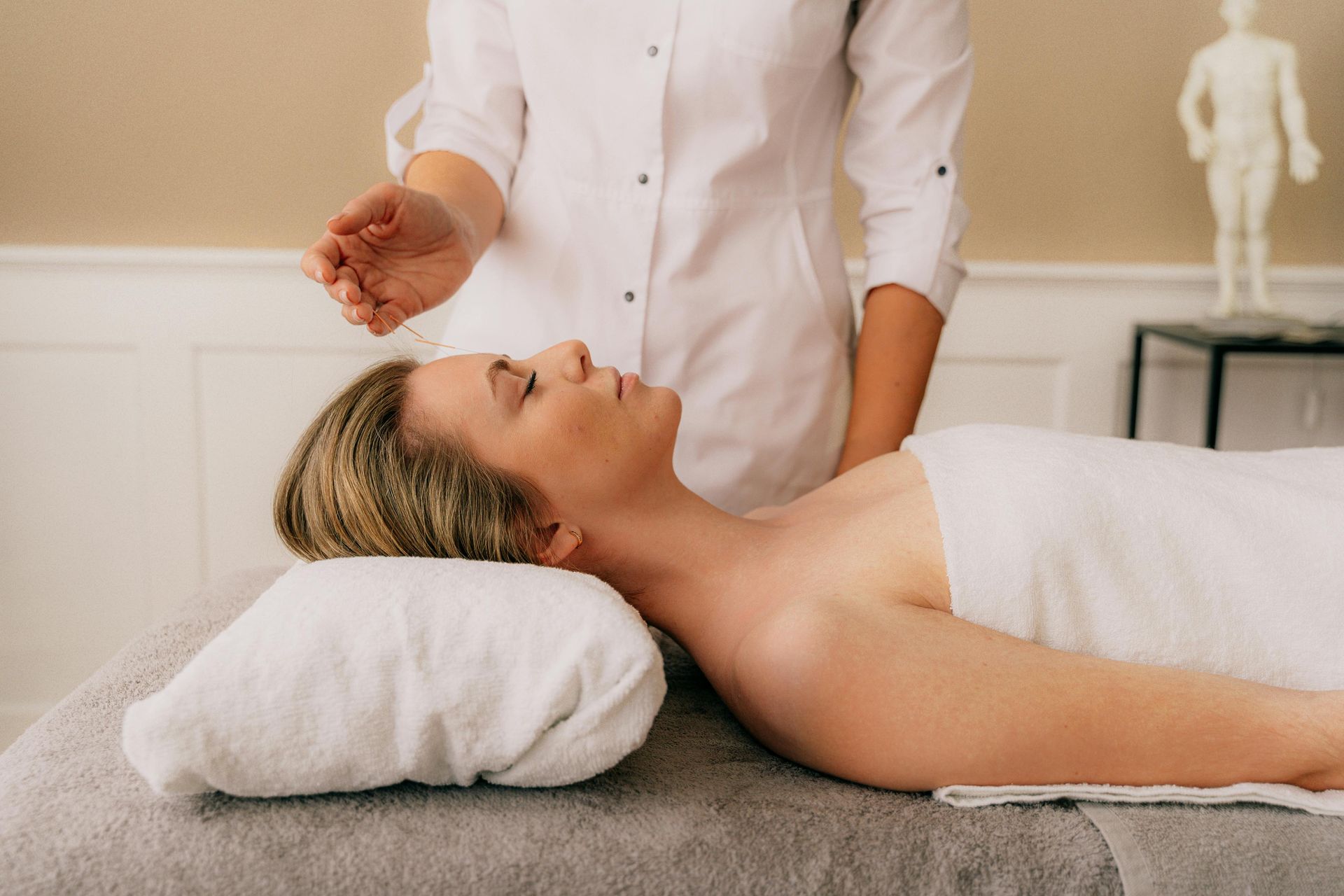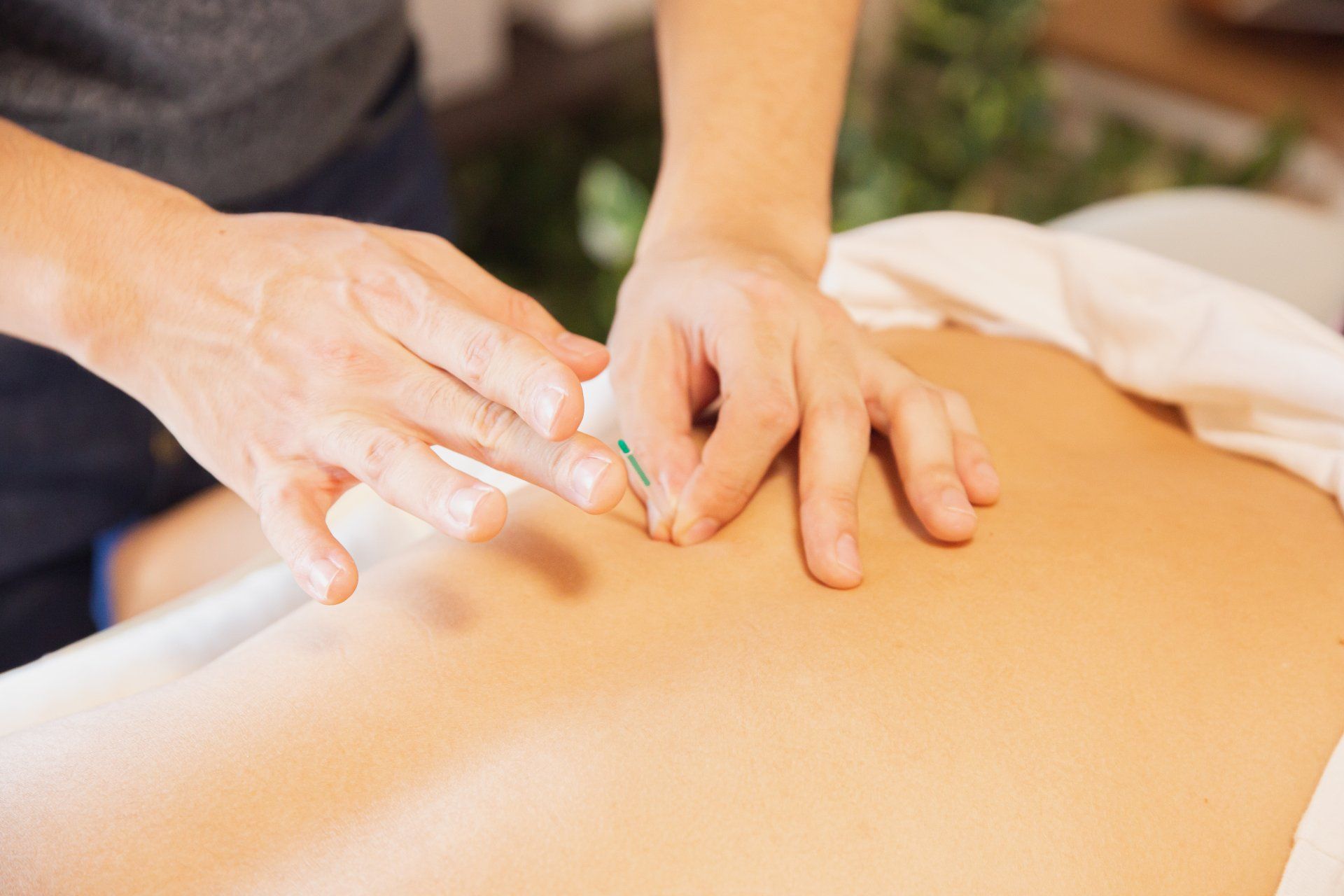Taking Control of Your Fertility: Your Guide to Fertility Wellness and Reproductive Health

“Wellness” is a word that gets tossed around like a volleyball sometimes. We think we know what it means, but do we really understand the concept of wellness, especially as it applies to the reproductive system? Since taking control of your fertility means taking control of your overall wellness, let’s start with this idea:
You can achieve wellness by engaging in lifestyle activities that nourish and bolster your health holistically—from head to toe, inside and out. That means what you choose to eat, what you choose to drink, how much you sleep, what physical activities you choose to engage in, how you care for your mental health… all of it.
This total mind-body approach most definitely impacts your reproductive wellness, and there’s a lot of science to back that up.¹ When you are well, your reproductive wellness improves, which can improve your chances of getting pregnant.
Understanding Reproductive Wellness and Its Impact on Fertility
Now, we know life isn’t a rose garden stroll on most days, and some days it feels like you’re hanging onto the edge of the Cliffs of Insanity by your fingernails. We get that. However, you still have choices for nurturing yourself and your wellness so that you can improve your reproductive wellness if you and your partner are trying to conceive (TTC). And Pulling Down the Moon is here to support you in achieving reproductive wellness. To that end, we want to dive deep into three crucial aspects of reproductive wellness: food and nutrition, physical activity, and stress relief. And spoiler alert: all three of these things are deeply interwoven.
It’s also important to understand that reproductive wellness and fertility is a three-legged stool:²
- A third of infertility problems come from the woman.
- A third of infertility problems come from the man.
- The final third of infertility causes involve both partners or are a complete mystery.
This means that reproductive wellness strategies like nutrition, stress relief, and exercise matter to both parties. While it might be impossible to control every facet of fertility (especially that last mysterious third), you can take active steps to work on taking control of your fertility.
Support Fertility Naturally Through a Nutrition Plan
First, start with a fertility nutrition plan. Take stock of your historical food and diet choices and then work with a fertility nutritionist to create a nutrition plan that fills your individual needs and circumstances. The first goal is to reduce as many toxins, contaminants, and unhelpful food sources as possible to remove nutritional barriers to fertility. The second goal is to load your diet with nutritionally dense foods that are super tasty and that contain the nutrients you need to balance your hormones, avoid health problems, get to a healthy weight, and bolster your immune system so that your reproductive organs are strong and healthy.

And because it can be hard to stay consistent and on track when breaking and creating new nutrition habits for taking control of your fertility, we’ll recommend some helpful nutrition apps, including our own Fully Fertile App that can help you track your progress and get real-time support from us and other folks who have been on this fertility journey.
Key Nutrients for Reproductive Health
Getting the right balance of nutrients—and the right amounts (no more, no less)³ can be a challenge on your own. Working with a fertility nutritionist can help you decipher any current deficiencies and needs so that you can adjust your diet and add supplements to cover any gaps you might have. The following nutrients are essential, but they are often hard to get in the right amounts just by eating for reproductive wellness:
- Iron—Research has found that anemia is a common problem⁴ that can lower fertility levels in both males and females.⁵ Foods like lean red meat, pumpkin seeds, legumes, and leafy greens like spinach can help bolster iron levels.
- B Vitamins—All the B vitamins in the right balance are important for reproductive wellness, but B6 and B12 seem especially important according to the latest research.⁶ These both appear to help metabolize and normalize levels of the amino acid homocysteine and improve ovulation for improved fertility.
- Vitamin D—Getting enough vitamin D seems to help bolster men’s sperm parameters⁷ while improving the hormone balance for women struggling with PCOS.⁸
- Omega-3 Fatty Acids (EPA/DHA)—Omega-3 fatty acids prevalent in both fatty fish and vegetarian sources like flax and chia seeds have also demonstrated a positive impact on fertility for both men and women.⁹
- CoQ10—Recent studies indicate that CoQ10 supplementation could improve pregnancy rates for women trying to conceive.¹⁰
- Magnesium—Sufficient levels of magnesium help regulate the nervous system that regulates the reproductive system. It also plays a role in metabolizing glucose and regulating insulin response, which is often a struggle for women with PCOS.¹¹
- L-arginine—This amino acid regulates cellular communication, energy production (mitochondrial), and blood circulation, all of which are essential to healthy fertility in men and women. Research has indicated that L-arginine can especially help men who struggle with erectile dysfunction.¹²
- Zinc—Zinc can help boost reproductive wellness by improving hormone function related to insulin resistance and lipid balance in women while helping improve sperm quality and motility in men.¹³
Of course, these aren’t the only nutrients necessary for overall wellness, let alone reproductive wellness. In addition to working with a fertility nutritionist to help balance and maximize nutrition and optimize your gut microbiome when you’re trying to conceive, you might consider joining our 12-week Fully Fertile Nutrition program. In addition to learning and getting to practice taking control of your fertility through nutrition, you’ll be able to commiserate with other couples going through the fertility journey as well.
Foods to Include and Avoid for Optimal Fertility

It shouldn’t be surprising that many of the critical nutrients listed above (and so many others) are found in whole, healthy foods that your mom has always told you you should be eating. Try incorporating foods like:
- Fruits and vegetables, particularly whole, organic varieties free from pesticides.
- Complex carbohydrates like whole grains, legumes, beans, fruits, and vegetables.
- Healthy fats from sources like avocado, grape seed, nut, and olive oils.
- Lean protein from vegetarian sources like nuts, beans, and lentils, and lean cuts of meat. Fish is also fine, especially the fatty ones with a lot of Omega-3s, but avoid ones known to have a high mercury content (swordfish, orange roughy, shark, tilefish, king mackerel) and opt for ones with a lower mercury content (salmon, anchovies, cod, Pacific chub mackerel).¹⁴
- Full-fat dairy foods have recently been shown to reduce inflammation and improve ovulation health for women, so gut-healthy Greek yogurt is a wonderful, high-protein choice.¹⁵
Ideally, you want to load half of your plate with colorful veggies and fruits that are loaded with nutrients. Then split the last half of your plate into quarters: one quarter should be a complex carbohydrate choice like quinoa, brown rice, or amaranth, and the other quarter can come from a lean protein source, either meat or vegetarian.
Of course, you probably already know that it’s a good idea to cut way back overly-processed foods and simple carbs loaded with sugar and devoid of nutrients. The science also says it’s a good idea to eliminate alcohol, caffeine, and over-processed soy products.¹⁶
Practice Mindfulness and Stress Management for Fertility Wellness
Changing up your diet to improve nutrient intake and reduce toxins and oxidative stress in your body is just one powerful way to improve fertility outcomes. Mental and emotional stress also has a clear negative impact on fertility.¹⁷ Now, whether stress causes infertility is debatable, but the connections are clear: couples who are trying to conceive but can’t for one reason or another experience higher levels of stress. Stress affects hormone balances and behavior, leading to other imbalances that affect fertility. This is why our entirePulling Down the Moon team works to help men and women lower their stress levels in a myriad of fertility-boosting ways, including massage therapy,acupuncture¹⁸,nutrition, and alsoyoga, which we’ll discuss more in a moment.
Also,practicing mindfulness techniques can significantly reduce stress levels, no matter the time, place, or situation. Mindfulness is a meditation practice in which you focus intently on the present moment’s physical and mental sensations and surroundings without any judgment or interpretation. Mindfulness often includes breathing techniques, physical relaxation, and guided imagery to assist the body to release stress.
Mindfulness techniques have been shown to reduce stress levels in patients struggling with infertility¹⁹ and research also indicates that it has powerful positive impacts on physical as well as mental health.²⁰ In fact, mindfulness has demonstrated its ability to improve conditions ranging from anxiety and depression to high blood pressure and insomnia.²¹
Mindfulness Techniques for Reducing Stress During Your Fertility Journey
That said, here are some mindfulness techniques and strategies to help you get those physical and mental stress relief benefits that can assist you in taking control of your fertility journey:
- Take a 3-Minute Breather: Find a comfortable position, sitting, standing, or lying down. Literally set a timer for 3 minutes and close your eyes. Focus only on your breath. How the air is moving in and out of your body. As you do this, focus on breathing more deeply and slowly into your diaphragm. Just allow the air to move in and out and focus just on that alone for the next three minutes.
- Use Your 5 Senses: Use your senses for this one, wherever you are. Notice one thing that you see (could be anything - a cup of water, a stapler, a picture on the wall, etc.), one thing you hear, one thing you smell, one thing you taste, and one thing you feel (a warm breeze, your socks on your feet, etc.). Focus only on those basic things and take a deep, centering breath or several as you do.
- Take a Physical Inventory: You can also do this technique anywhere, anytime. Shift your attention directly to your body. Notice your breathing and then do a head-to-toe inventory of how each part currently feels. How does your head feel? Achy? Stuffy? How does your neck feel? Tight? How do your shoulders feel? Continue to inventory how you feel in your back, your arms, your hands, your fingers, your bottom, your legs, your feet, and your toes.
- Four-Seven-Eight Breathing: This particular breathing technique involves counting. Find a comfortable, safe position and close your eyes, or cast a soft focus on a relaxing spot in your surroundings. Inhale slowly and deeply into your belly while counting to four in your mind. Then hold that breath while counting to seven. Exhale slowly as you count to eight. Focus entirely on your breath and the counting. Continue for as long as you want, or until you fall asleep if you are using this technique for that reason. Studies have shown that this particular mindfulness technique helps improve sleep and may help improve cardiovascular health and blood sugar regulation, all of which are important aspects of improving fertility.²²
Add Yoga and Movement to Support Fertility Wellness
Regular exercise is an important part of staying healthy, both mentally and physically, which all relates to taking control of your fertility.²³ Although very strenuous activity seems to have a blunting effect on fertility, regular, gentle exercises like swimming, walking, and yoga are beneficial for regulating hormones, blood sugar, weight, stress, and other aspects that impact your reproductive wellness.Yoga, however, has some very interesting and exciting benefits for anyone trying to conceive.
Research demonstrates that certain yoga poses and practices may have the following benefits:²⁴
- Reduce oxidative stress linked to reproductive health damage
- Reduce oxidative DNA damage that impairs genetic infertility markers
- Improve sperm quality and motility
- Improve cardiovascular health and blood flow to reproductive organs
- Reduce inflammation
- Improve mental health and relaxation for better sleep
- Regulate and balance hormones needed for healthy fertility
- Improve ovarian function
- Regulate menstrual cycles
Our Pulling Down the Moon fertility yoga classes are a great way to experience these benefits by combining the most helpful yoga poses into a powerful practice that helps you improve your reproductive wellness.

Yoga Poses for Reproductive Health
The following poses can stimulate and increase blood flow to reproductive organs, relieve stress and tension, and improve flexibility and stamina. There are many more, so we recommend joining to learn the correct way to perform these poses in person with our wonderfulfertility yoga instructor one-on-one:

The Extended Puppy
Get into a tabletop position on your yoga mat, with your hips directly above your knees and your shoulders directly above your wrists (like a table). Inhale deeply, then walk your hands forward a bit at a time, extending your arms and keeping your elbows off the floor while pointing your tailbone up. Stretch your fingers, push your palms to the mat, and lower your forehead to touch the mat. Hold for 30-60 seconds, then exhale as you reverse the action back to the tabletop position.

The Cobra
This pose helps improve circulation to the uterus and ovaries. You lie face down on the yoga mat, placing your hands to the sides of your chest, palms down, elbows tucked toward your body. Inhale as you push your body up from the floor like a snake lifting off the ground, gradually lifting up to the navel, tightening your belly as you go. Continue to breathe throughout the entire pose while holding it for about 20 to 30 seconds. Then with one last inhale, exhale as you gradually release back down to the floor. Avoid this pose if you are feeling overly bloated or tender in your abdomen during the stimulation phase or two-week wait when lying on your belly might feel uncomfortable.

The Reclining Bound Angle
This pose releases stress and tension from the hips, groin, and inner thigh muscles. For this pose, you can choose to use a pillow, or not. Lie on your back on the yoga mat. Bend your knees up, spread them apart, then touch the soles of your feet together. Spread your arms wide out to the sides, palms facing up. Again, continue breathing deeply and slowly throughout the pose. For beginners, try holding this pose for 10 to 15 breaths. As you continue practicing, you can try to increase your time in this pose to 3 or 4 minutes.

The Bridge
In addition to stretching your spine, hips, chest, and neck, the bridge massages your thyroid gland and boosts circulation to your reproductive organs. It can also calm the nervous system and reduce anxiety! Begin by lying flat on your back with your arms at your sides, and palms facing downward. Position your feet to about hip-width apart and bend your knees up. As you inhale, use your legs to press up and lift your belly, hips, and chest, but keep your head and shoulders flat on the mat. Station your knees over your ankles keep your thighs roughly parallel to the floor and hold there for 5 to 10 normal breaths. Then slowly exhale and release as you gradually lower yourself back to the mat.

Hand Under Foot Pose
This one is a great spinal nerve tonic that boosts metabolism and relieves stress. Stand with your feet close together, arms at your side. Gently swing your arms up over your head and touch the palms together. Inhale deeply, then, while keeping your spine straight, bend at the hips, slowly exhaling, and touch the floor with your fingers. If you can palm the floor with your hands, do that, bringing your forehead as close as possible to your knees. Continue to breathe deeply for 5 breaths, then reverse the action. Inhale deeply while unbending from the hips with the spine straight, until you are standing straight with your hands above your head. Gently swing them back down to your sides. This pose can be hard to do as described at first. Be gentle and gradual as you practice to improve your positioning.

Legs Up the Wall
This pose relieves stress, can help lower blood pressure levels, enhances blood circulation in the pelvic area, and strengthens those important pelvic floor muscles and the vagina. It’s also great for tired legs! To start, scooch your mat right up against a wall, and then scootch your butt as close to the wall as possible. Lie down so that your back is flat on the floor, and your legs are sitting perpendicular up on the wall. Stretch your arms out to your sides with the palms upward. There are more challenging adaptations to this pose, but just relax and breathe in this pose for several seconds.

Warrior II
This powerful pose stretches and strengthens your thighs, hips, hamstrings, and shoulders while also releasing stress, improving mental focus, strengthening the body-mind connection, and boosting positivity. Stand on your mat and step forward with one foot. The back foot should turned 90 degrees to the side. Then lower into a lunge by bending your front knee, keeping it directly over your ankle. Stretch out your arms, shoulders relaxed, one forward and one behind you, as parallel to the ground as possible. Look forward over your front hand and breathe deeply throughout the entire pose.
Stay Consistent with Your Wellness Routine
The fertility journey can seem long, hard, and sometimes even hopeless. But you can increase your personal power and stay motivated in your journey by taking control over things you can control. Staying consistent, day by day, week by week (sometimes even minute by minute) with essential practices like good nutrition, stress-busting mindfulness, and therapeutic exercise (especially yoga) are powerful self-care practices that have so many benefits if you’re trying to get pregnant. But these are not one-and-done practices. Taking control of your fertility means sticking with it and staying consistent. That can be hard, of course, but our Pulling Down the Moon holistic fertility therapy centers in Chicago and Highland Park are here to lift you up and support you. We’ve even got an app for that:
The App for Reproductive Wellness: How the Fully Fertile App Can Keep You on Track
Pulling Down the Moon has just released the Fully Fertile App, and we are so excited about it. The purpose of the Fully Fertile App is to bring together a community of people on the fertility journey with experts in all aspects of fertility. It’s a space to connect with other couples, chat, discuss, learn, and become educated about every aspect of taking control of your fertility. It’s a little app on your mobile device with a big mission to break away the walls that make TTC a less lonely, more supported, hopeful, and empowered situation. Download it today!
Seek Additional Support Through Pulling Down the Moon
Of course, we are also here in person, in full force to help you as you take control of your fertility journey.
Schedule your next appointment for any of our holistic fertility therapies, or
schedule a consultation to discuss your unique needs and situation. We look forward to supporting and nurturing you on this TTC journey!
References
- Emokpae, M. A., & Brown, S. I. (2021). Effects of lifestyle factors on fertility: practical recommendations for modification. Reproduction and Fertility, 2(1), R13–R26. https://doi.org/10.1530/RAF-20-0046
- Cleveland Clinic. (2023, April 19). Infertility: Causes & Treatment. Cleveland Clinic. https://my.clevelandclinic.org/health/diseases/16083-infertility
- MD, R. H. S. (2018, May 31). Fertility and diet: Is there a connection? Harvard Health Blog. https://www.health.harvard.edu/blog/fertility-and-diet-is-there-a-connection-2018053113949
- Le, C. H. H. (2016). The Prevalence of Anemia and Moderate-Severe Anemia in the US Population (NHANES 2003-2012). PLOS ONE, 11(11), e0166635. https://doi.org/10.1371/journal.pone.0166635
- Holzer, I., Ott, J., Beitl, K., Mayrhofer, D., Heinzl, F., Ebenbauer, J., & Parry, J. (2023). Iron status in women with infertility and controls: a case-control study. Frontiers in Endocrinology, 14. https://doi.org/10.3389/fendo.2023.1173100
- Skoracka, K., Ratajczak, A. E., Rychter, A. M., Dobrowolska, A., & Krela-Kaźmierczak, I. (2021). Female Fertility and the Nutritional Approach: The Most Essential Aspects. Advances in Nutrition, 12(6). https://doi.org/10.1093/advances/nmab068
- Tania, C., Tobing, E. R. P. L., Tansol, C., Prasetiyo, P. D., Wallad, C. K., & Hariyanto, T. I. (n.d.). Vitamin D supplementation for improving sperm parameters in infertile men: A systematic review and meta-analysis of randomized clinical trials. Arab Journal of Urology: An International Journal, 21(4), 204–212. https://doi.org/10.1080/2090598X.2023.2165232
- Dragomir, R. E., Toader, O. D., Gheoca, D. E., & Stănculescu, R. V. (2024). The Key Role of Vitamin D in Female Reproductive Health: A Narrative Review. Cureus. https://doi.org/10.7759/cureus.65560
- Stanhiser, J., Jukic, A. M., & Steiner, A. Z. (2019). Omega-3 fatty acid supplementation and fecundability. Fertility and Sterility, 112(3), e28. https://doi.org/10.1016/j.fertnstert.2019.07.205
Florou, P., Anagnostis, P., Theocharis, P., Chourdakis, M., & Goulis, D. G. (2020). Does coenzyme Q10 supplementation improve fertility outcomes in women undergoing assisted reproductive technology procedures? A systematic review and meta-analysis of randomized-controlled trials. Journal of Assisted Reproduction and Genetics, 37. https://doi.org/10.1007/s10815-020-01906-3 - Skoracka, K., Ratajczak, A. E., Rychter, A. M., Dobrowolska, A., & Krela-Kaźmierczak, I. (2021). Female Fertility and the Nutritional Approach: The Most Essential Aspects. Advances in Nutrition, 12(6). https://doi.org/10.1093/advances/nmab068
- Mayo Clinic. (2017). L-arginine. Mayo Clinic. https://www.mayoclinic.org/drugs-supplements-l-arginine/art-20364681
- Chu, D. S. (2018). Zinc: A small molecule with a big impact on sperm function. PLOS Biology, 16(6), e2006204. https://doi.org/10.1371/journal.pbio.2006204
- Center for Food Safety and Applied Nutrition. (2019). Advice About Eating Fish. U.S. Food and Drug Administration. https://www.fda.gov/food/consumers/advice-about-eating-fish
- Nieman, K. M., Anderson, B. D., & Cifelli, C. J. (2020). The Effects of Dairy Product and Dairy Protein Intake on Inflammation: A Systematic Review of the Literature. Journal of the American College of Nutrition, 40(6), 571–582. https://doi.org/10.1080/07315724.2020.1800532
- Eagleson, H. (2022, October 20). What to Eat to Get Pregnant: Conception Diet. Parents. https://www.parents.com/getting-pregnant/fertility/what-to-eat-to-get-pregnant/
- Rooney, K. L., & Domar, A. D. (2018). The relationship between stress and infertility. Body-Mind Interaction in Psychiatry, 20(1), 41–47. https://doi.org/10.31887/dcns.2018.20.1/klrooney
- Cochrane, S., Smith, C., Possamai-Inesedy, A., & Bensoussan, A. (2014). Acupuncture and women’s health: an overview of the role of acupuncture and its clinical management in women’s reproductive health. International Journal of Women’s Health, 313. https://doi.org/10.2147/ijwh.s38969
- Finta Isti Kundarti, Titisari, I., Dwi Rahayu, Kiswati, & Jamhariyah. (2023). Mindfulness improves the mental health of infertile women: A systematic review. Journal of Public Health Research, 12(3). https://doi.org/10.1177/22799036231196693
- Creswell, J. D., Lindsay, E. K., Villalba, D. K., & Chin, B. (2019). Mindfulness Training and Physical Health. Psychosomatic Medicine, 81(3), 224–232. https://doi.org/10.1097/psy.0000000000000675
- Mayo Clinic Staff. (2020, September 15). Mindfulness exercises. Mayo Clinic. https://www.mayoclinic.org/healthy-lifestyle/consumer-health/in-depth/mindfulness-exercises/art-20046356
- Vierra, J., Boonla, O., & Prasertsri, P. (2022). Effects of sleep deprivation and 4‐7‐8 breathing control on heart rate variability, blood pressure, blood glucose, and endothelial function in healthy young adults. Physiological Reports, 10(13). https://doi.org/10.14814/phy2.15389
- Emokpae, M. A., & Brown, S. I. (2021). Effects of lifestyle factors on fertility: practical recommendations for modification. Reproduction and Fertility, 2(1), R13–R26. https://doi.org/10.1530/RAF-20-0046
- Yadav, A., Tiwari, P., & Dada, R. (2024). Yoga and Lifestyle Changes: A Path to Improved Fertility – A Narrative Review. International Journal of Yoga, 17(1), 10–19. https://doi.org/10.4103/ijoy.ijoy_211_23
Meet the Author: Tamara Quinn
View Profile: Co-Founder of Pulling Down the Moon
Tami, the Co-Founder of Pulling Down the Moon, played a pivotal role in transforming the care provided to women facing infertility. After a corporate career, she sought balance and meaning through yoga and ancient healing practices, eventually leaving the corporate world. Tami became a registered yoga teacher (RYT), immersing herself in mystical yogic traditions such as Kriology and Ayurveda. She also attained the status of a reiki master, a disciple of Kriya yoga, and an ordained Swami. Utilizing her extensive training, Tami creates fertility rituals, meditations, and yoga classes tailored to women dealing with infertility, some of which are highlighted in her co-authored book, "Fully Fertile, A 12-Week Plan to Optimal Fertility." Her journey remains ongoing as she continues to learn from her Guru and her students, demonstrating a deep commitment to her path.







